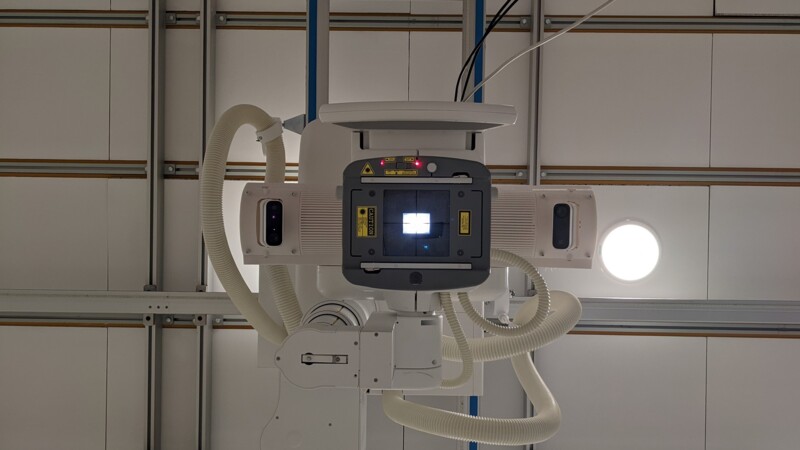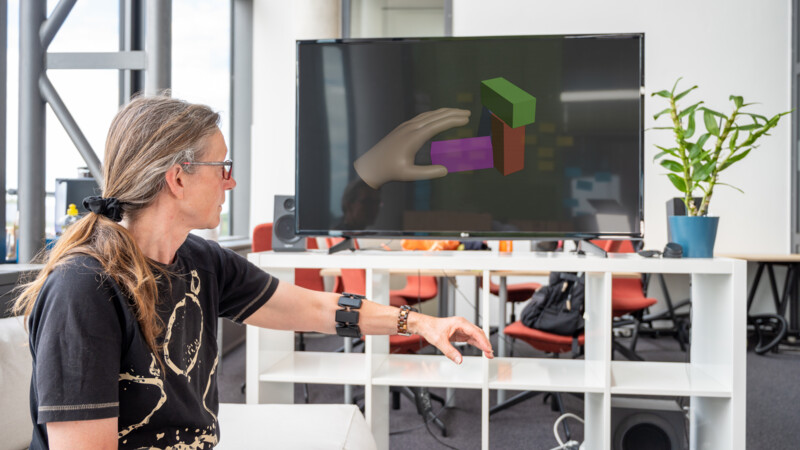The research-oriented company is expanding in terms of both turnover and infrastructure, and will occupy 84 per cent of the 46,000-square-metre Semiramis business park in Lübeck. A new warehouse is being built there to create additional capacity for the approximately 5,300 employees in Lübeck, which is the second biggest city in the Hamburg Metropolitan Region. Dräger employs more than 16,000 staff in over 190 countries. The company’s medical and safety technology protects and saves lives worldwide in hospitals, fire brigades, rescue services, mines and industrial facilities. Dräger is best known for its respirators and ventilators as well as chemical protection suits, diving equipment, incubators for premature babies, fire simulation systems for training firefighters, and complete safety solutions for industrial companies. In the United States, “Draegermen” or “Draegerwomen” are synonymous with mine rescuers. New Zealand’s Sir Edmund Hillary had a Dräger oxygen device with him when he first ascended Mount Everest in 1953.
Dräger's orders booming - record for medical technology group
Orders at the Lübeck-based family company, Drägerwerk AG & Co. KGaA, rose by €134 million year-on-year to €1.7 billion in the first half of 2025, Dräger announced Thursday (July 29, 2025). "Given stable net sales and a positive operating result, our business developed solidly overall in the first half of 2025. We also had the highest order intake since the record first half of 2020. This paves the way for stronger net sales growth in the second half of the year," said Stefan Dräger, fifth generation CEO of the mid-sized company. A particularly large number of orders were placed in the medical technology segment, e.g., for ventilation and anaesthesia equipment. Order intake rose by €14.8 per cent to €1,010.8 million over €900.1 million in the same period in 2024. A major multi-year order from Mexico for hospital equipment proved a catalyst of sales.
Over 16,000 employees in more than 190 countries
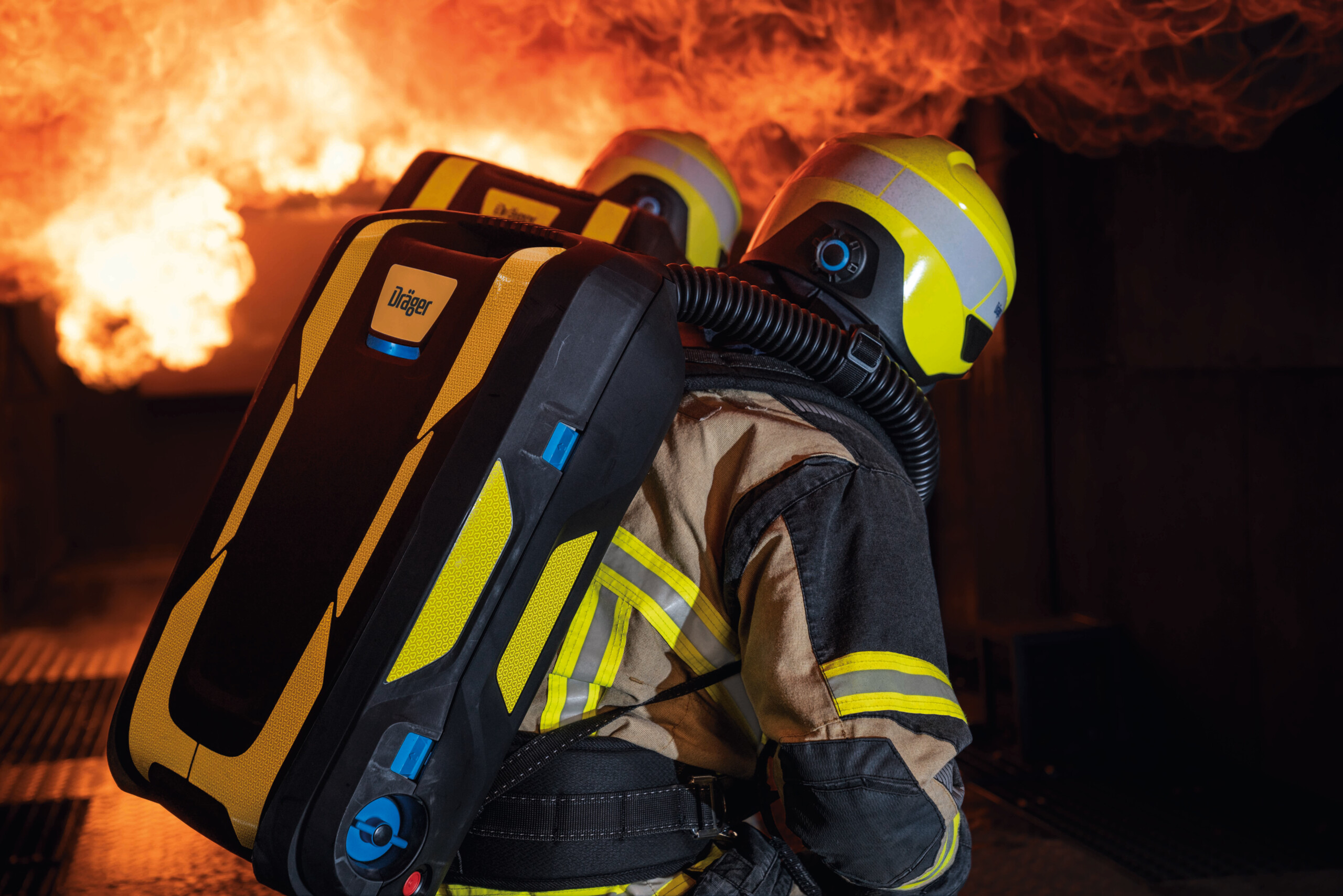
Innovations now recipe for success
The family business’s success story began in 1889 when Johann Heinrich Dräger, Stefan Dräger's great-great-grandfather, invented a valve for beer taps. That was followed by the Pulmotor, the world’s first ventilator, in 1907 which proved a bestseller. Dräger’s spirit of research makes it unique. The company has gone from success to success with inventions like the anaesthesia machine or the diving rescuer that enables submarine crews to surface in an emergency. Innovation is key to growth. Melanie Kamann, Press Officer at Dräger, told Hamburg News: "Our research and development activities are very important to us.” Last year, the company invested €330 million in R&D and plans to invest up to €350 million in 2025.
The fifth Dräger Hackathon will get underway in October and will see students in IT, software development and electrical engineering work on AI-related issues. The company also collaborates with the University of Lübeck as the Institute of Medical Technology and Electrical Engineering set up by Dräger and the Jürgen Wessel Foundation in 2015, is on Dräger’s premises. The location proved a milestone for technology transfer. During the tenth anniversary of the collaboration, the director of the institute, Prof Dr Philipp Rostalski, remarked: "Dräger has given us ideal starting conditions, which we have used for independent academic research, teaching and transferring technology successfully." Dräger also cooperates with the Technical University of Lübeck, the Hamburg University of Applied Sciences, the Technical University of Hamburg, the Rheinisch-Westfälische Technische Hochschule Aachen and the Nordakademie.
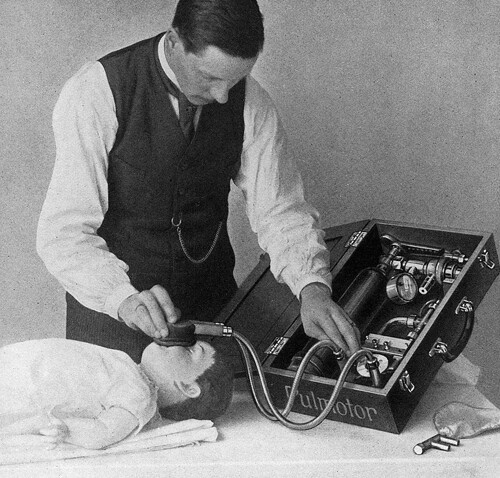
Growth course set to continue
Dräger is optimistic about the future: "Our markets are benefiting from long-term growth drivers such as demographic change and increasing safety regulations for industrial companies. We expect to continue growing in both medical and safety technology,” said Kamann. Lübeck is known for far more than Niederegger marzipan; it is also a UNESCO World Heritage site and the birthplace of German author Thomas Mann. The city is brimming with innovation and lifesaving technology spanning five generations from beer tap valves to high-end ventilators.
agu/kk/pb
Sources and further information
More
Similar articles

Digitalisation improving overview in Port of Lübeck
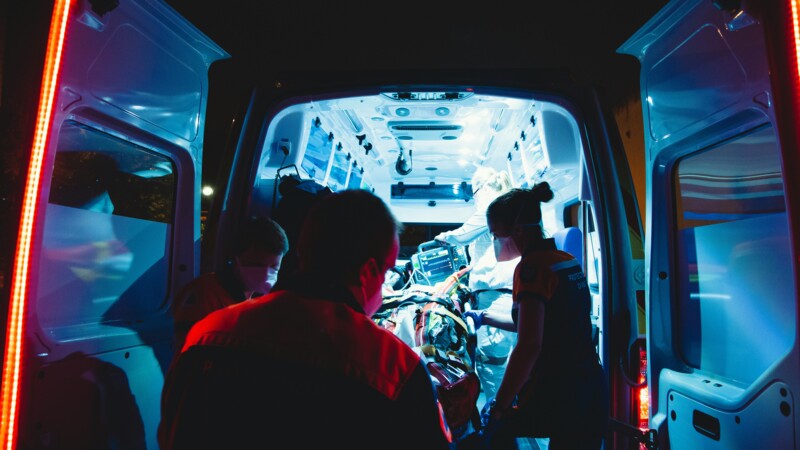
Paramedics to save every minute with start-up's device
